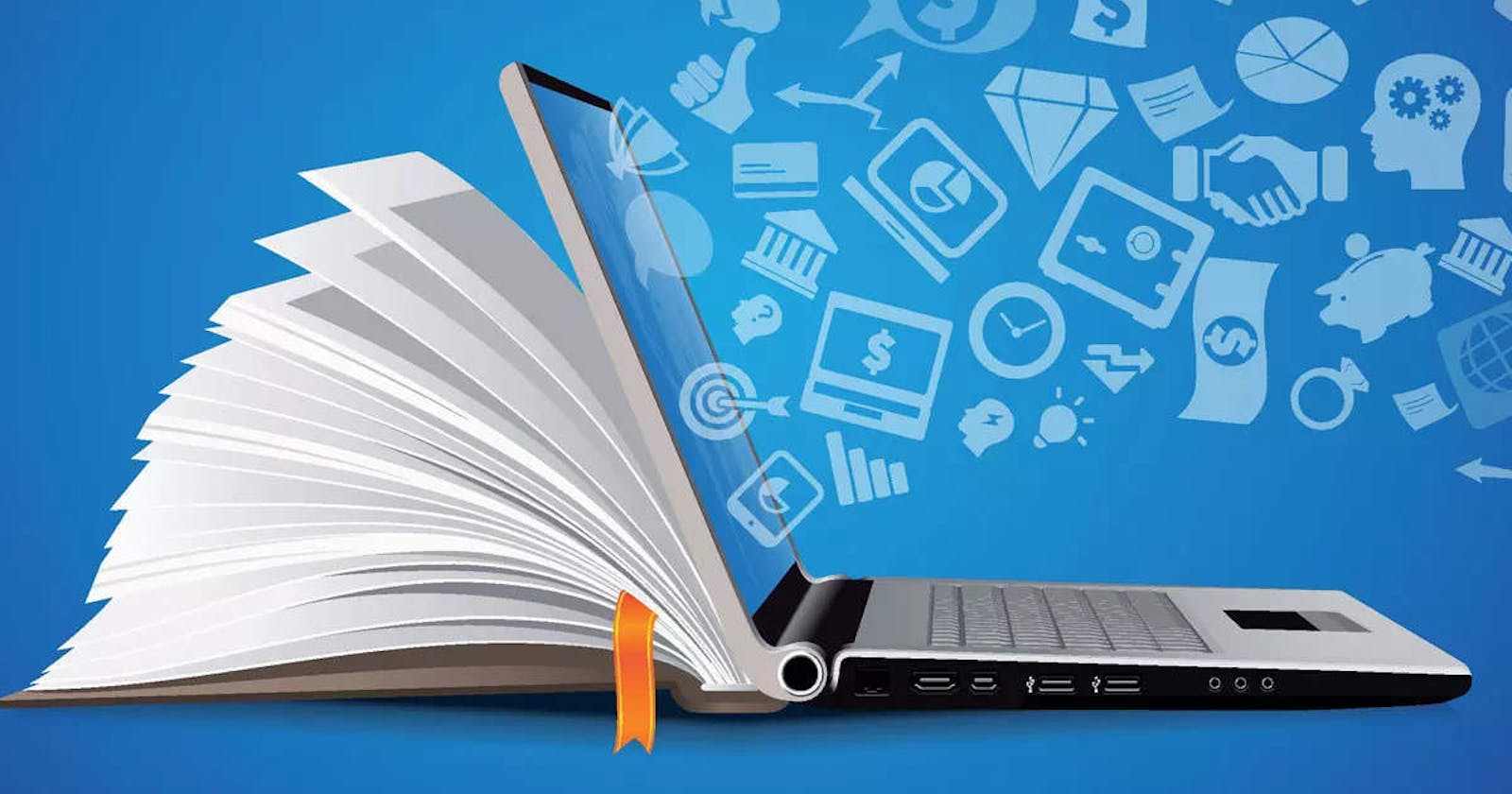Bridging the Gap: Equipping Educators with the Tools for Personalized Learning
The traditional one-size-fits-all approach to education has long been criticized for failing to cater to the individual needs and learning styles of students. This results in some students falling behind while others become disengaged due to a lack of challenge. Personalized learning, however, emerges as a powerful solution, offering a customized educational experience that caters to each student's unique strengths, weaknesses, and interests. However, to bridge the gap and effectively implement personalized learning, educators require the necessary tools and support.
The Need for Personalized Learning
Every student learns differently. Some students grasp concepts quickly through visual aids, while others require a more hands-on approach. Traditional classrooms often overlook these variations, leading to capella university msn flexpath frustration and a disconnect between learners and the material. Personalized learning addresses this issue by tailoring the pace, content, and delivery of instruction to each student's specific needs.
There are several key benefits to personalized learning:
Increased student engagement: When students feel the curriculum is relevant to their interests and learning styles, they become more engaged and motivated to learn. This leads to a deeper understanding of concepts and a desire to explore further.
Improved academic achievement: By focusing on individual strengths and weaknesses, personalized learning allows students to progress at their own pace. This can lead to significant improvements in academic achievement for all students, regardless of their starting point.
Development of essential skills: Personalized learning environments often encourage students to take ownership of their learning. This fosters critical thinking, problem-solving, and self-directed learning tutors academy skills, which are crucial for success in the 21st century.
The Role of Technology
Technology can be a powerful tool for facilitating personalized learning. Here are some ways technology can be leveraged:
Adaptive learning platforms: These platforms use algorithms to assess student strengths and weaknesses and adjust the difficulty and content of the learning materials accordingly.
Learning management systems (LMS): These platforms allow educators to create and deliver differentiated instruction, providing students with access to various resources and activities tailored to their needs.
Digital content libraries: A vast array of digital resources, including online simulations, interactive games, and educational videos, cater to diverse learning styles and can be incorporated into personalized learning plans.
Project-based learning tools: Technology can be used to enhance project-based learning by facilitating collaboration, nurs fpx 4050 assessment 4 communication, and resource sharing among students working on personalized projects.
Equipping Educators
While technology plays a significant role, the success of personalized learning ultimately hinges on well-equipped educators. Here's how educators can be empowered to implement personalized learning effectively:
Professional development: Educators need ongoing professional development opportunities to gain the necessary skills and knowledge to design and implement personalized learning strategies. This includes training on using technology tools, data analysis, and differentiation techniques.
Curriculum resources: Providing educators with access to a wide range of curriculum resources, including digital content aligned with different learning styles and levels, is essential.
Data analysis tools: Educators need access to data analysis tools to track student progress, identify areas of strength and weakness, and personalize instruction accordingly.
Reduced class sizes: Smaller class sizes allow NURS FPX 4900 Assessment 4 educators to devote more individual attention to each student and tailor instruction more effectively.
Challenges and Considerations
While the benefits of personalized learning are significant, implementing it effectively presents some challenges:
Time constraints: Developing and implementing personalized learning plans requires time and effort, which can be a challenge for educators already facing demanding workloads.
Assessment: Traditional standardized tests may not be suitable for measuring progress in a personalized learning environment. New assessment methods that focus on measuring skills and knowledge specific to NURS FPX 4900 Assessment 3 each student's learning path are needed.
Equity and access: Ensuring all students have access to the technology and resources necessary for personalized learning is crucial to avoid exacerbating existing educational inequalities.
The Road Ahead
Bridging the gap between the need for personalized learning and equipping educators with the tools to achieve it requires a collaborative effort. School administrators, policymakers, and educational technology providers must work together to provide educators with the necessary resources, professional development opportunities, and support systems. By empowering educators and leveraging technology effectively, personalized learning can become a reality, transforming classrooms into dynamic environments where every student NURS FPX 4020 Assessment 2 Root Cause Analysis and Safety Improvement Plan can thrive.

